ZERONE - FIRST LIFE, 2019-2024
 ZerOne - First Life, AUS, NZL, CH, 2019-2024
ZerOne - First Life, AUS, NZL, CH, 2019-2024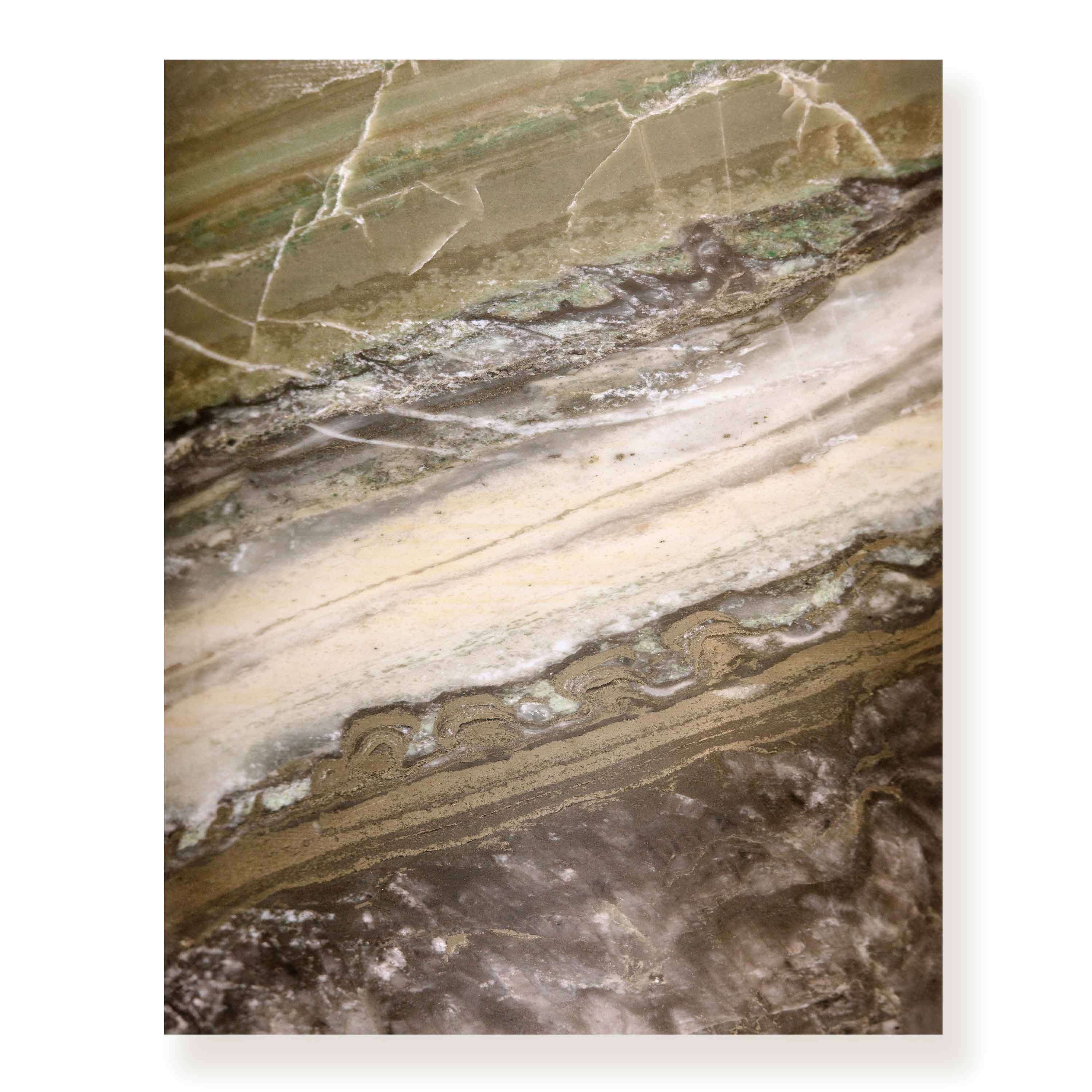 ZerOne - First Life, #737, Pilbara, AUS, NZL, CH, 2019-2024
ZerOne - First Life, #737, Pilbara, AUS, NZL, CH, 2019-2024 ZerOne - First Life, #991, Pilbara, AUS, NZL, CH, 2019-2024
ZerOne - First Life, #991, Pilbara, AUS, NZL, CH, 2019-2024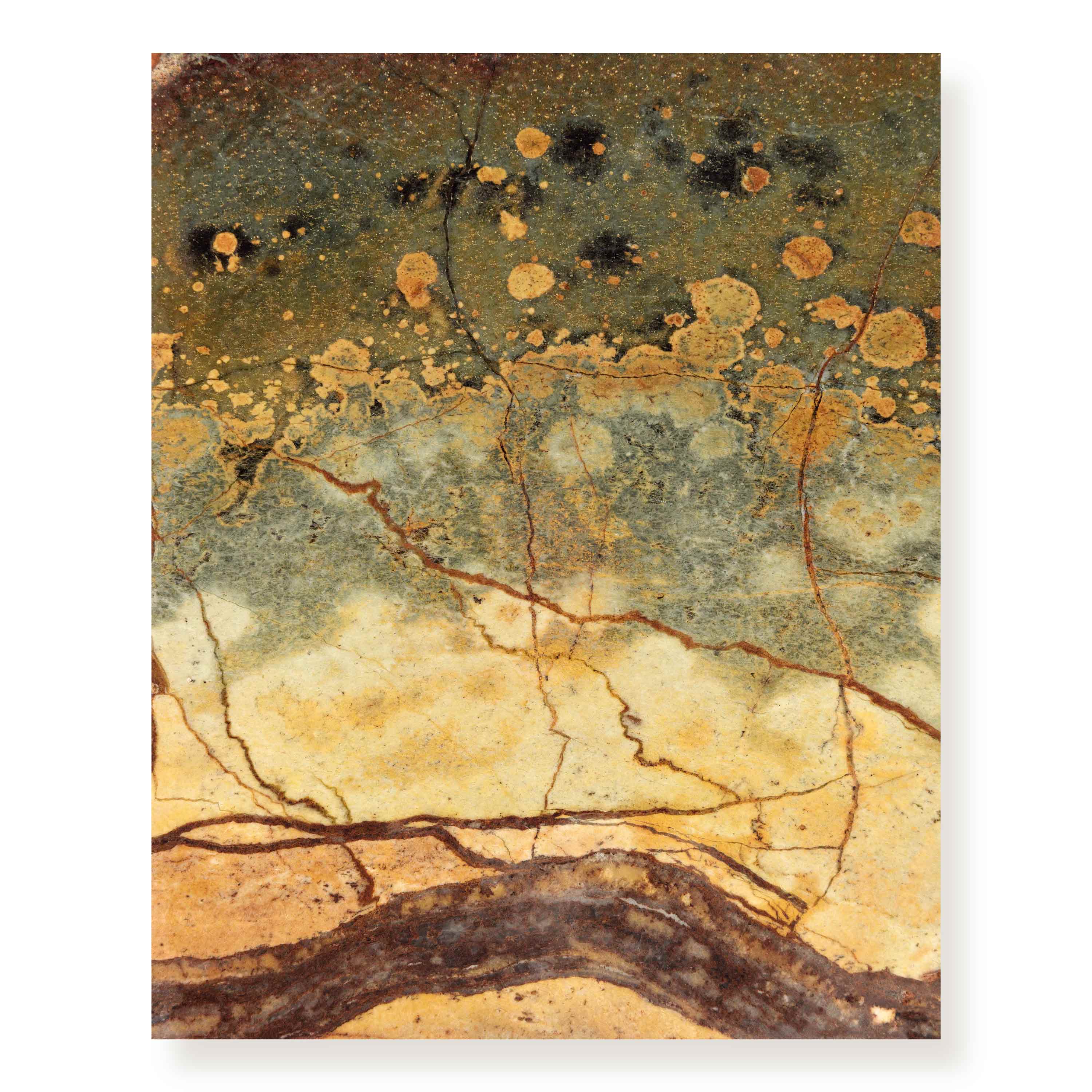 ZerOne - First Life, #684, Pilbara, AUS, NZL, CH, 2019-2024
ZerOne - First Life, #684, Pilbara, AUS, NZL, CH, 2019-2024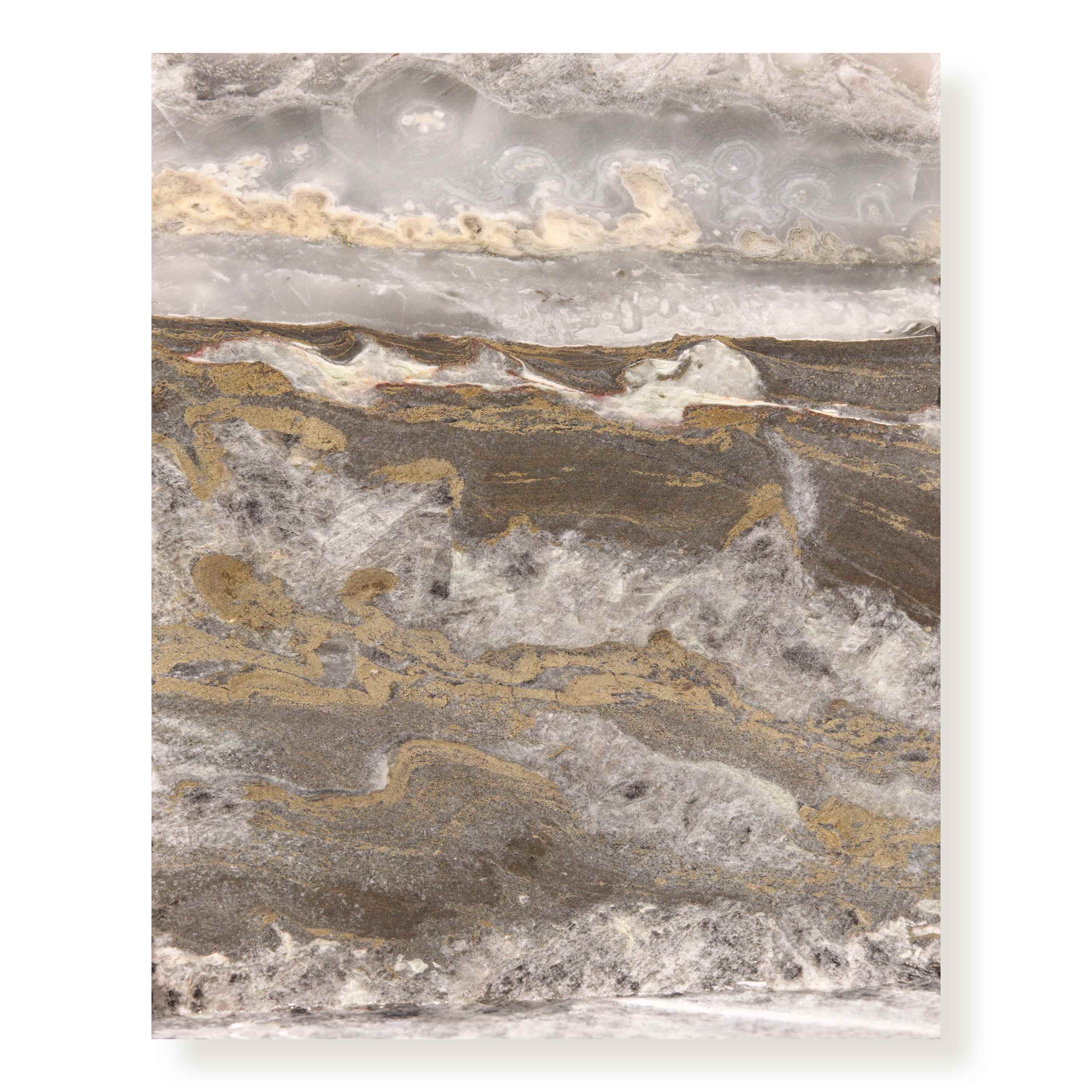 ZerOne - First Life, #334, Pilbara, AUS, NZL, CH, 2019-2024
ZerOne - First Life, #334, Pilbara, AUS, NZL, CH, 2019-2024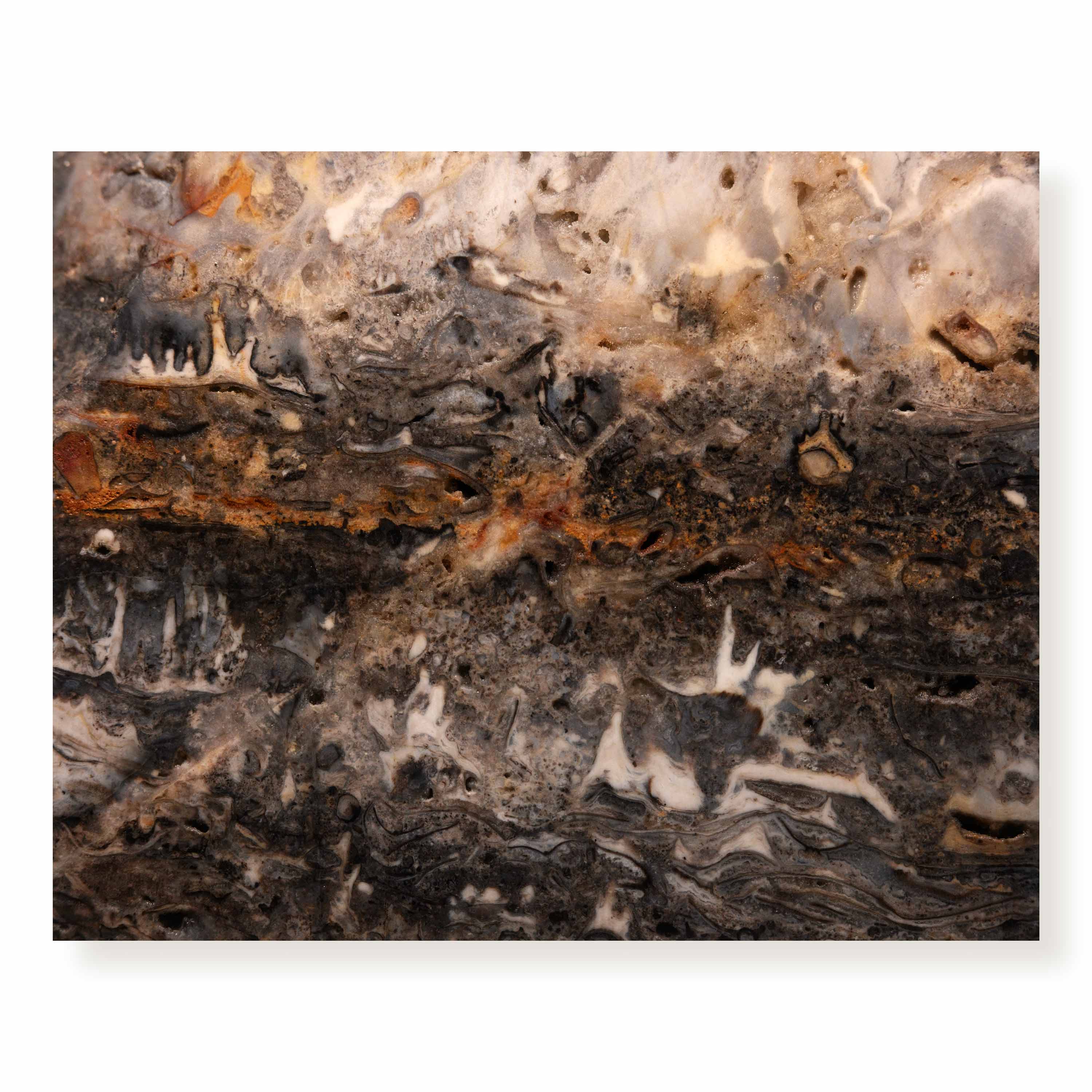 ZerOne - First Life, #575, AUS, NZL, CH, 2019-2024
ZerOne - First Life, #575, AUS, NZL, CH, 2019-2024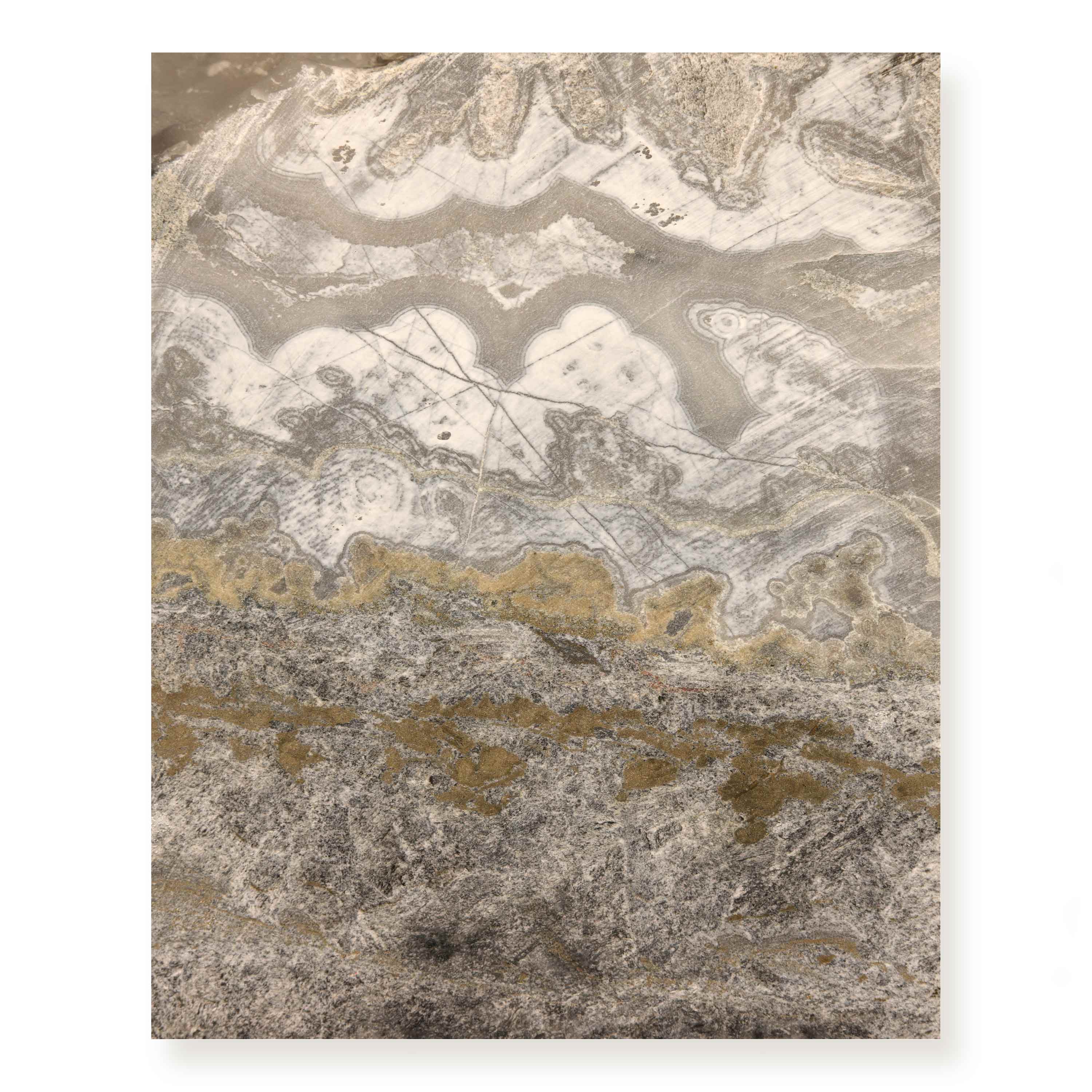 ZerOne - First Life, #284, Pilbara, AUS, NZL, CH, 2019-2024
ZerOne - First Life, #284, Pilbara, AUS, NZL, CH, 2019-2024
ZERONE - FIRST LIFE
EVIDENCE IN THE LITHOSPHERE - THE CRITICAL ZONE FOR LIFE
By Adam Lowe
The first universal common ancestor was a single cell capable of recording information, replicating, morphing and surviving in shallow warm water. We know it existed 3.458 billion years ago as a domal Stromatolith because we have the evidence in the Siliceous Sinter found in the Pilbara Craton. It may have existed much earlier but as the rocks metamorphosed the subtle evidence was destroyed.
Geological time is beyond our comprehension and geology keeps reaching further and further into the past. Millions of years become billions. The current estimate is that the planet is 4.56 billion years old, perhaps more. Evidence of microscopic organisms can be found in the rock record from about 3.7 billion years ago in shallow water sedimentary rocks, where they were preserved for eons. It took another 3 billion years for fossilized animals to appear in the rock record.
Time as a child had an elastic quality, resisting compression; an hour was a long time, a day an eternity. As we age it accelerates. Since Einstein, concepts of time (and space) have changed fundamentally yet nature reminds us that there are measures of time that remain unchanged and predictable. The solstaces and the cycle of the moon happen today as they did for the first humans and as they had done for millions of years before humanity existed. In the nineteenth century with the study of the rocks that form the lithosphere and the clouds that are evidence of the atmosphere, the critical zone around the surface of the planet capable of supporting life came into focus. The forms of life that emerged from the sedimentary rocks shook religion and accepted knowledge in fundamental ways. Biblical time instantly became a fiction as the planet revealed its longevity. The first images based on the fossils of dinosaurs and other creatures that lived millions of years ago, shaped the narratives of the Natural History Museums that merged scientific study with technological innovation and the artistic imagination. Geology asserted the fact that humanity occupies a moment in time.
One of Bernd Nicolaisen’s photographs of a polished piece of stone contains a feature that is referred to as the Quatro Amigos – this anthropocentric projection of friendship onto four single celled organisms should not be allowed to distract from the significance of the image. The four organic nodules are encapsulated traces of organic matter almost 3.5 billion years old. They are the earliest evidence of life. The photographic image, enlarged and printed onto a smooth gesso surface with many of the qualities of the polished stone, is both poetic and provocative. As with the 3D alabaster objects, it is not initially obvious what you are looking. With information from Nicolaisen‘s film and interviews with geology professors Martin Van Kranendonk and Kathleen Campbell, the picture moves beyond geological evidence and delves into the nature of life itself.
While Nicolaisen’s photographic projects have always focused on time, it is in a form we can ‘hold in the palm of our hand’; the frozen water of the glaciers in Iceland and the surface of the Bristlecone pines in California in which living wood and stone appear to fuse. These images represent periods of time that we can relate to. They are variations on the traditional themes of vanitas painting; hourglasses, flowers, candles, skulls, soap bubbles. Time has always been a theme in art. With his work and the film ZerOne - First Life Bernd Nicolaisen manages to merge art, science and technology to mind-boggling effect.
Scientifically supported by:
Prof. Martin Van Kranendonk, School of Earth and Planetary Sciences, Curtin, Perth, AUS
Prof. Kathleen Campbell, School of Environment, Auckland, NZL
Produced in cooperation with:
Factum Arte, Madrid